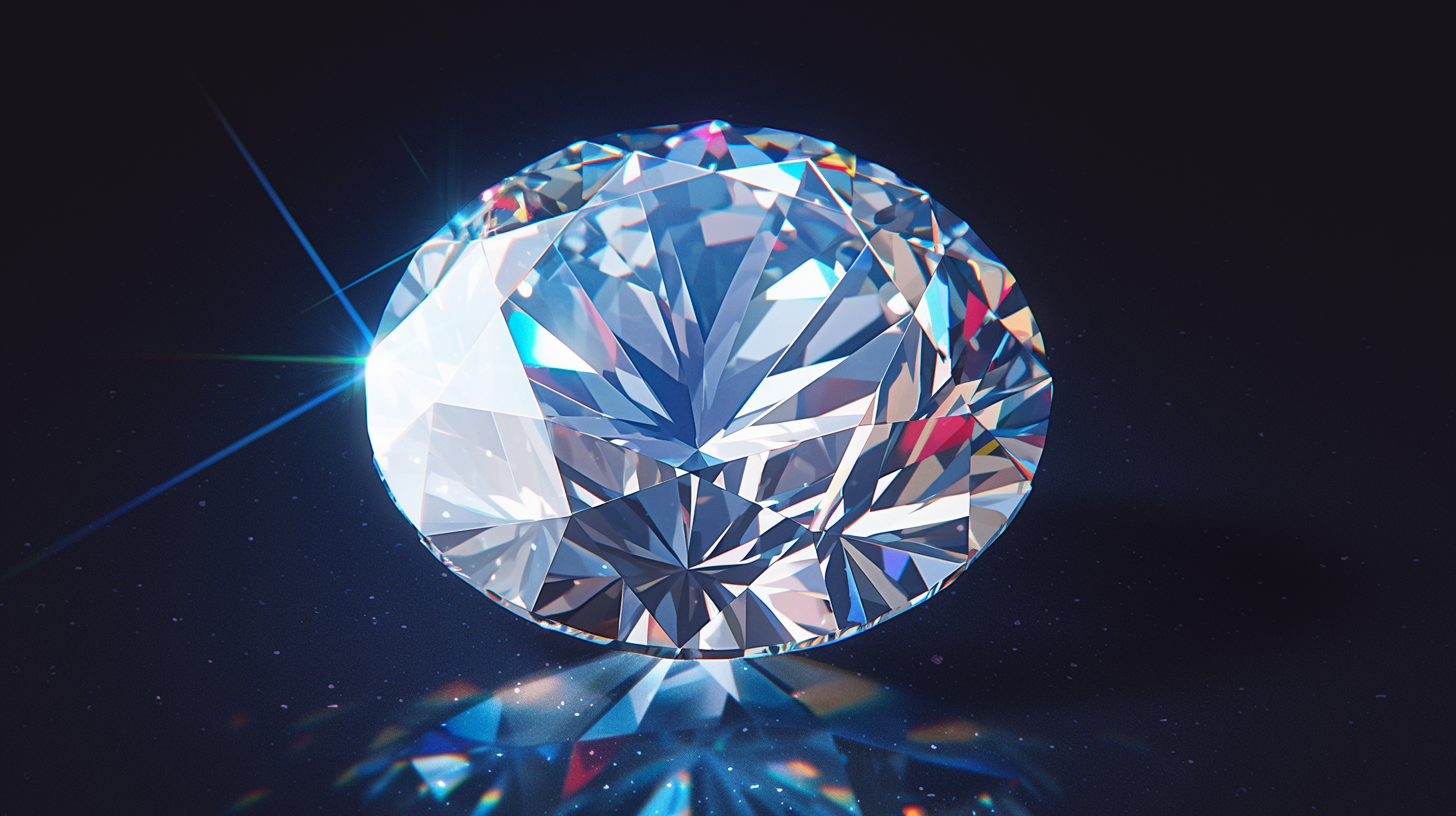Introduction: In the world of fine jewelry, lab-grown diamonds have emerged as a symbol of ethical luxury and sustainable elegance. At the heart of understanding the quality and allure of these exquisite gems lie the four Cs: Cut, Color, Clarity, and Carat Weight. In this comprehensive guide, we embark on an illuminating journey through the intricate realm of lab-grown diamond 4Cs, unraveling their significance, grading standards, and profound impact on the brilliance and beauty of these remarkable creations.
Understanding the Diamond 4Cs: The diamond 4Cs serve as the foundational framework for evaluating the quality and value of diamonds, whether natural or lab-grown. Each of the four Cs—Cut, Color, Clarity, and Carat Weight—plays a pivotal role in shaping a diamond’s visual appeal, sparkle, and overall desirability. By delving into the nuances of these factors, consumers can make informed decisions when selecting the perfect lab-grown diamond for their jewelry pieces.
Cut: The Essence of Brilliance The cut of a diamond stands as the ultimate determinant of its beauty and brilliance. A well-cut diamond reflects light in a manner that maximizes its sparkle and fire, captivating the observer with its radiance. In the world of lab-grown diamonds, meticulous cutting techniques ensure that each facet is intricately aligned, resulting in gems that rival the finest natural diamonds in brilliance and allure.
A precise cut not only enhances a diamond’s visual appeal but also influences its optical properties, including brightness, fire, and scintillation. Diamonds with excellent cut grades exhibit exceptional light performance, with light reflecting and refracting seamlessly throughout the gemstone, creating a mesmerizing display of brilliance.
Color: A Kaleidoscope of Radiance Diamond color refers to the presence or absence of color within the stone. While traditional diamonds are graded on a scale from D (colorless) to Z (light yellow or brown), lab-grown diamonds offer a diverse spectrum of color options, ranging from colorless to fancy vivid hues. Whether opting for a classic white diamond or a vibrant fancy colored gem, consumers have the freedom to choose a color that resonates with their unique style and preference.
In the realm of lab-grown diamonds, color variations stem from trace elements incorporated during the growth process. Nitrogen, for instance, may impart a yellow or brown hue to the diamond, while boron can produce blue or gray tones. Advanced technology allows manufacturers to control these variables, resulting in diamonds with consistent color and exceptional vibrancy.
Clarity: Transparency and Purity Clarity measures the presence of internal and external imperfections, known as inclusions and blemishes, within a diamond. Lab-grown diamonds, cultivated under controlled conditions, often exhibit exceptional clarity with minimal imperfections. Through stringent grading standards, gemological laboratories meticulously assess the clarity of lab-grown diamonds, ensuring transparency and authenticity in the marketplace.
The clarity of a diamond significantly influences its visual appearance and overall value. Stones with higher clarity grades appear cleaner and more brilliant, with fewer visible imperfections detracting from their beauty. In contrast, diamonds with lower clarity grades may exhibit noticeable inclusions or blemishes that affect their transparency and sparkle.
Carat Weight: Size and Presence Carat weight denotes the measurement of a diamond’s weight, with one carat equivalent to 200 milligrams. While carat weight influences a diamond’s size and presence, it is crucial to consider other factors such as cut quality and proportions to maximize its brilliance and beauty. Lab-grown diamonds offer versatility in selecting the desired carat weight, empowering consumers to create stunning jewelry pieces tailored to their preferences and budget.
When choosing a lab-grown diamond, it is essential to strike a balance between carat weight and other quality factors. While larger diamonds may command attention with their impressive size, smaller stones with superior cut, color, and clarity may exhibit greater brilliance and allure. By prioritizing quality over size, consumers can ensure that their lab-grown diamond exudes timeless elegance and sophistication.
Selecting the Perfect Lab-Grown Diamond: When selecting a lab-grown diamond, it is essential to consider the interplay of the four Cs and how they contribute to the gem’s overall quality and beauty. By prioritizing factors such as cut precision, color intensity, clarity purity, and carat weight, consumers can find the perfect balance of brilliance and value in their diamond selection.
Conclusion: In conclusion, the diamond 4Cs serve as the cornerstone of quality and beauty in the world of lab-grown diamonds. By unraveling the intricacies of cut, color, clarity, and carat weight, consumers can navigate the complexities of diamond selection with confidence and clarity. As technology continues to advance and innovation flourishes, the future of lab-grown diamonds promises a world of boundless possibilities, where brilliance and beauty shine brightly for generations to come, embodying the timeless elegance and allure of these extraordinary gems.

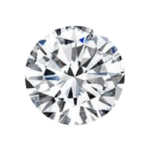 Round
Round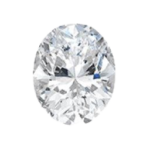 Oval
Oval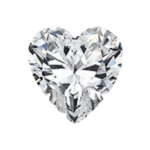 Heart
Heart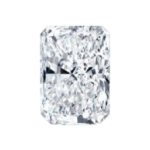 Radiant
Radiant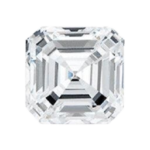 Asscher
Asscher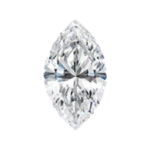 Marquise
Marquise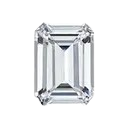 Emerald
Emerald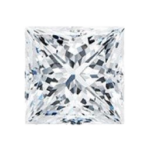 Princess
Princess Cushion
Cushion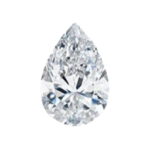 Pear
Pear